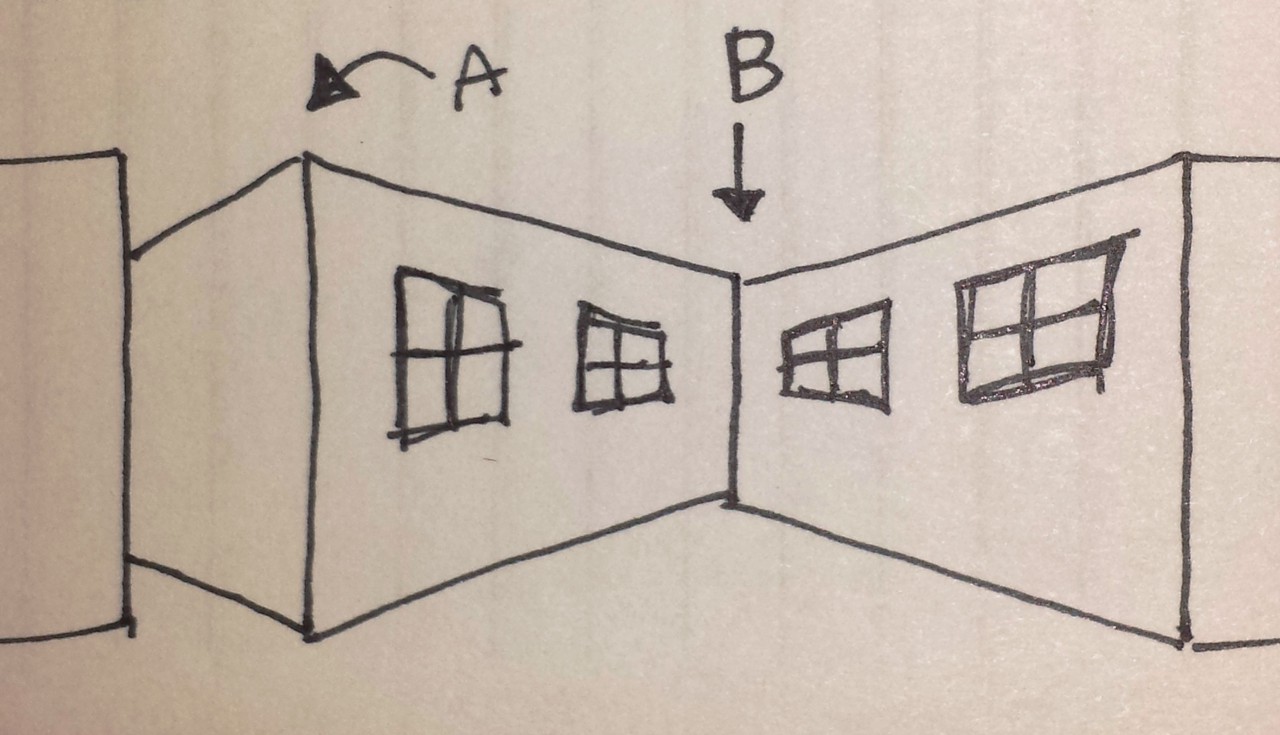The environment you were raised in can influence even basic perception.
By Lisa Wade
Which line is longer?
Most people who grow up in industrialized environments will be at least a little bit tricked by this optical illusion, called the Müller-Lyer illusion. At first look, it may seem as if the line on the left is shorter than the line on the right. In fact, if you look closely and carefully, you can probably see that both lines are the same length.
Some psychologists theorize that susceptibility to this illusion is due to a strongly “carpentered” environment, one built by humans with the help of machines. Such environments are made mostly of straight lines and right angles. If this geometry is all around us all the time, our brains get very good at interpreting these environments.
That advantage, though, is a disadvantage when looking at the Müller-Lyer lines because our brain learns to associate angles like the one on the right with distance and ones like the one on the left with closeness. Then, it alters our perception of their height to adjust for perceived space.
Bear with me.
Consider my drawing of a room and hallway below. You can see that the corner closest to us (A) has lines like the point of an arrow on both ends (like the line on the left above), while the one further away (B) has lines like the rear of an arrow on both sides (like the line on the right). Our brain gets so used to inferring distance when it sees these angles, it assumes that any line with angles like B appears inaccurately short because it’s far away. That’s how the illusion tricks our brain.

People who don’t grow up in a carpentered environments, though — hunter gatherers and other groups who spend most of their time in nature and other uncarpentered environments — don’t have brains adjusted to understanding straight lines and angles, so the illusion doesn’t work on them.
The Müller-Lyer illusion, then, is a great example of how our brains get acculturated in ways that shape even simple and straightforward perception tasks.

||
This story originally appeared on Sociological Images, a Pacific Standard partner site, as “The Anthropology of Optical Illusions.”




